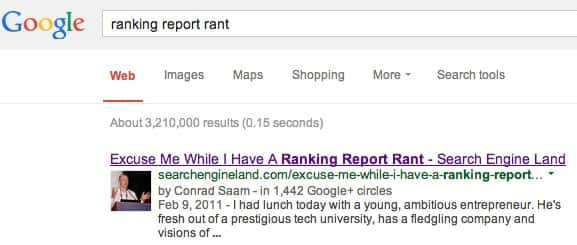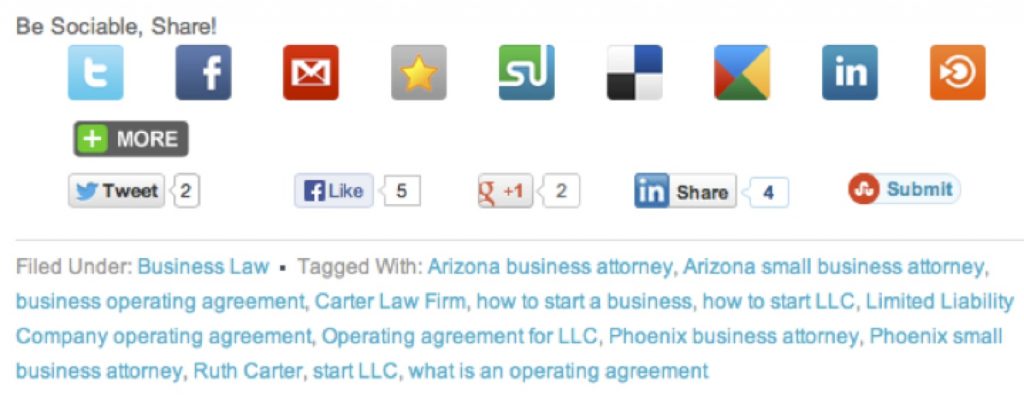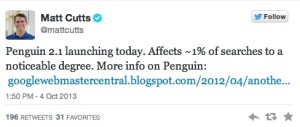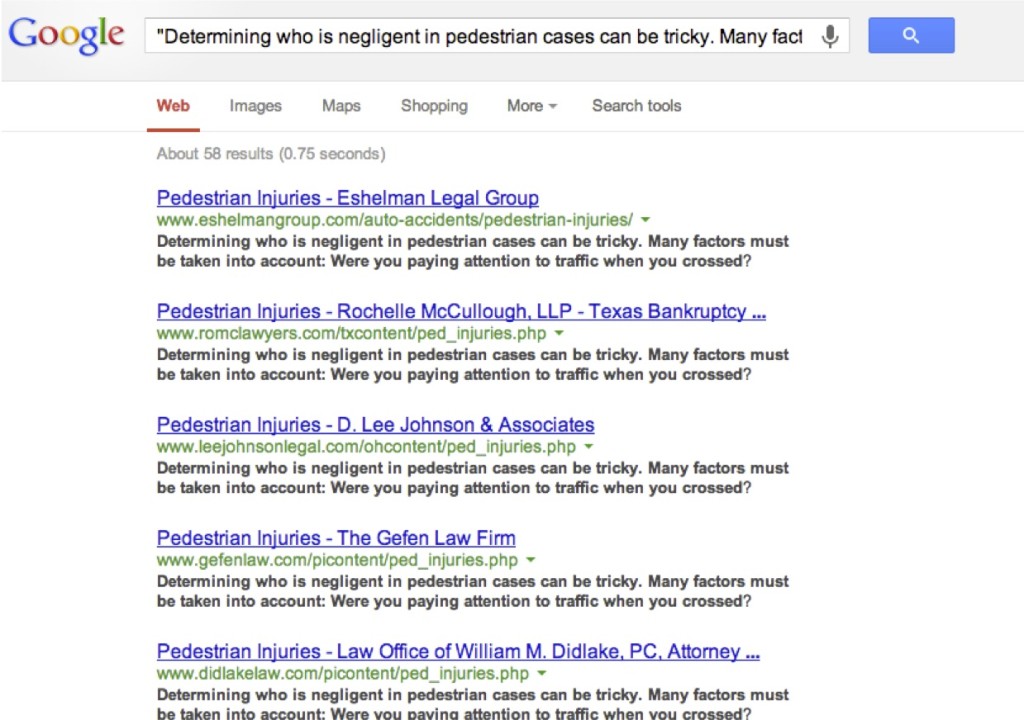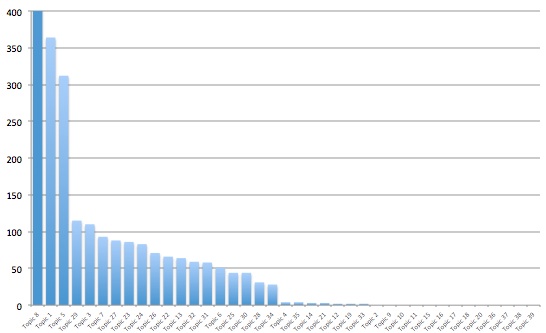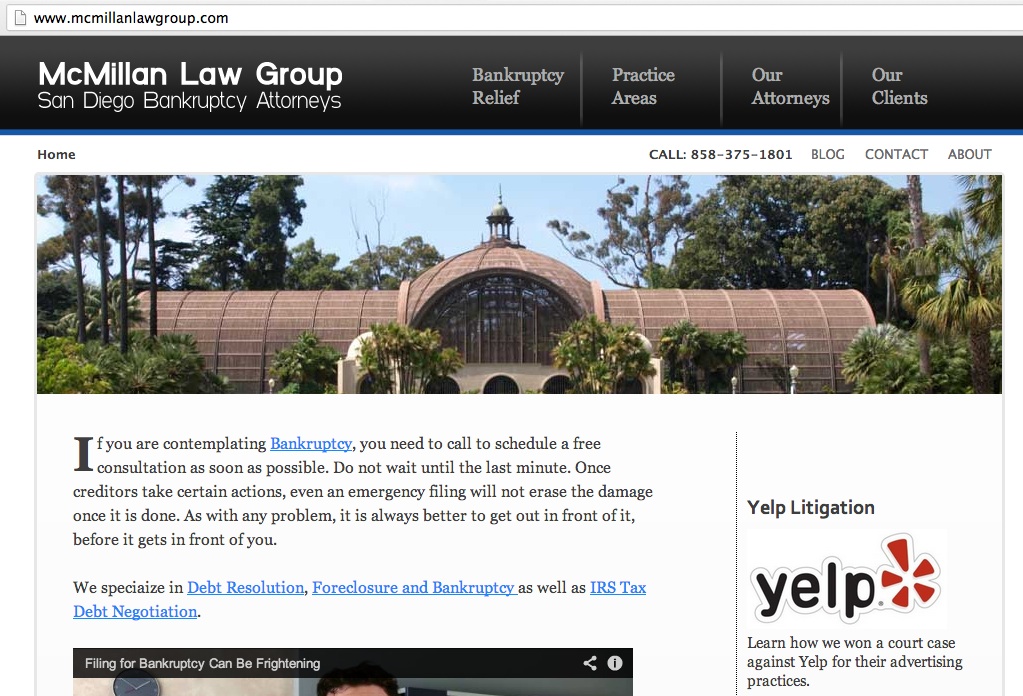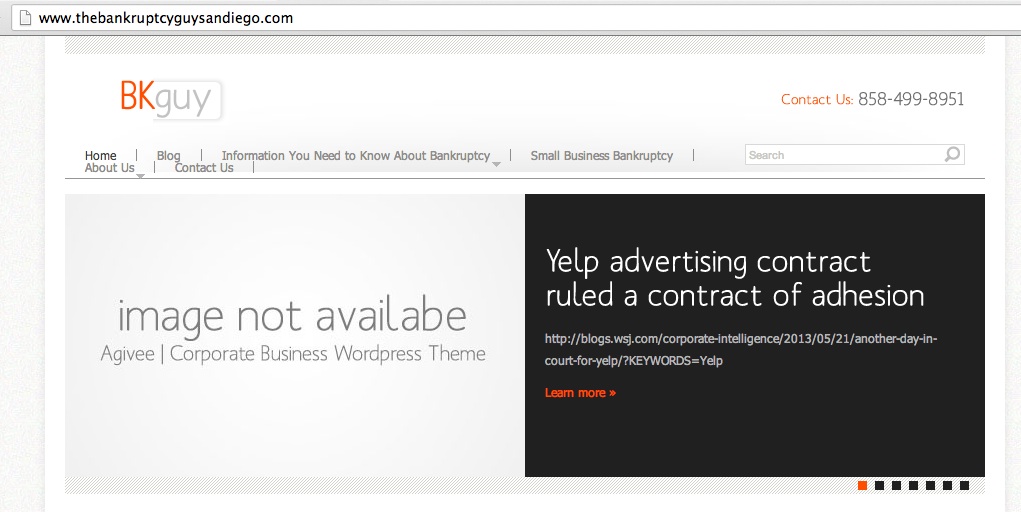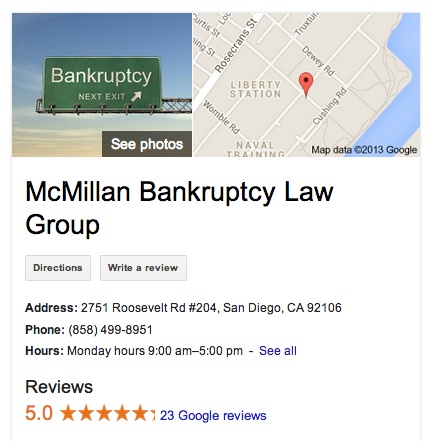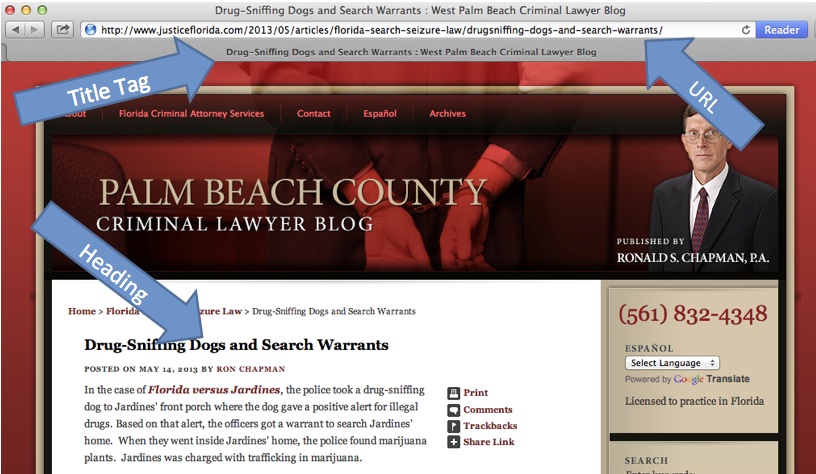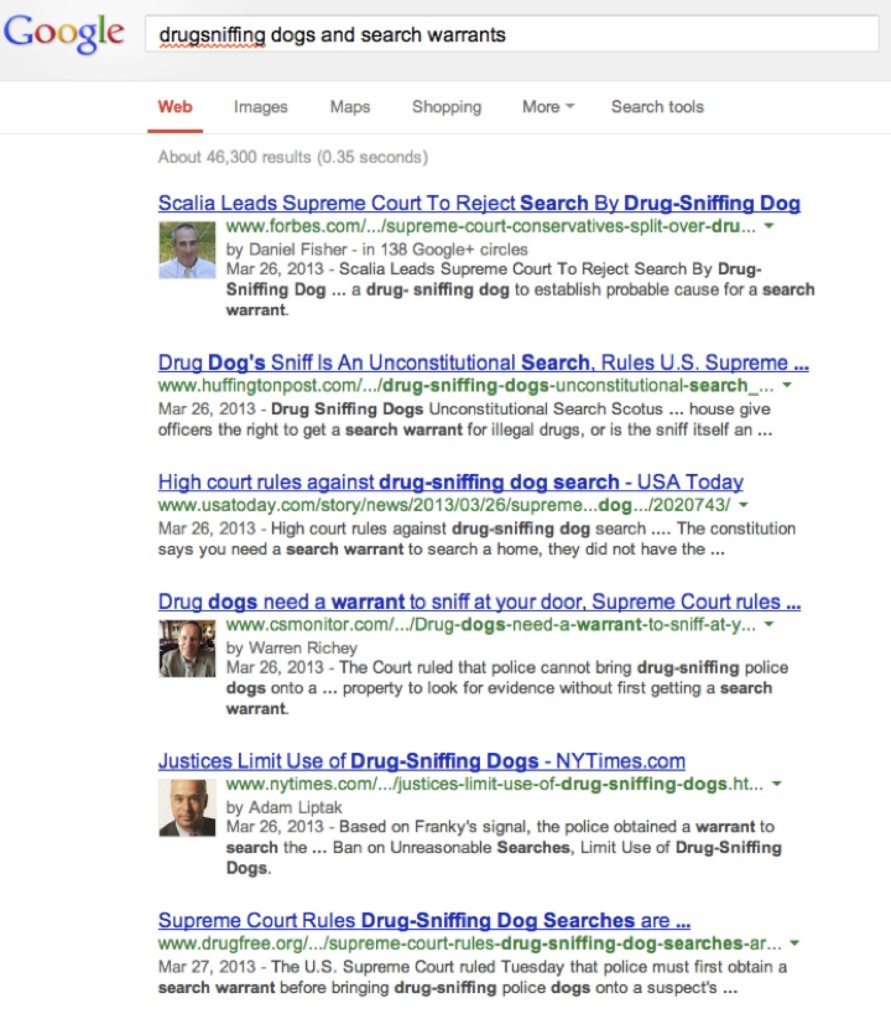Now is the time of year when professional predictions, resolutions and prognostications appear across the legal marketing blogging landscape. In the ever-changing SEO industry, correctly guessing the newest new thing is very effective.
As far as I’m concerned there’s only one thing you need to know about online marketing in 2014: Matt is mad.
In 2013, the head of Google’s anti-webspam team (and unofficially, chief industry PR spokesperson), Matt Cutts, hammered the SEO industry with anit-spam algorithm updates. And while Google started sharing these algo code name updates back in 2011; through 2013 we saw these names go from project code names whispered about at geek conferences into brand names, with careful, proactive PR launches. Pandas and Penguins and Hummingbirds. Oh My!
Traditionally, Google’s anti-spam PR approach has been to single out individuals – JC Penney’s, BMW etc. – and make an example of them. And while there will continue to be individual examples, what we are now seeing is much more widespread. This accelerated towards the end of the year with widespread algo changes and very public warnings about guest blogging, thin authorship and a litany of link scheme busts. Here are some (non-animal branded) announcements from December 2013 alone:
Google Has Officially Penalized Rap Genius for Link Schemes
Matt Cuts Implies Google is Aware of SEOs Bribing Bloggers
Google Reduces Authorship Rich Snippets in Search Results
Google Squashes Backlinks.com – Another Link Network Outed by Google
Google’s Matt Cutts: Guest Blogging Abuse SPAM on the Rise
Google Busts Yet Another Link Network – Anglo Rank
Google’s Matt Cutts: Stitching Content is Bad SEO Quality Content
Google Mindset Shift
Most interesting was a shift in mindset publicly espoused by Google. Generally, given their vast reach and power – we seen amicable Matt speaking reasonablly gently about these issues. So I was very surprised to run across Cutts in a December 4, This Week in Google video, in a carefully worded statement saying:
“We want to break [spammers] spirits.”
Barry Schwartz has a detailed review of the video on Search Engine Land – here are some of the key excerpts:
“If you want to stop spam, the most straight forward way to do it is to deny people money because they care about the money and that should be their end goal. But if you really want to stop spam, it is a little bit mean, but what you want to do, is sort of break their spirits.”
SPAM and the Legal World in 2013
Aggressive and enterprising lawyers tend to be some of the more aggressive spammers – rivaling offshore porn, pills and poker. In 2013, the third largest legal industry centric link buying scheme was quietly taken down (interestingly – to the best of my knowledge this hasn’t been reported anywhere.) I don’t know if that was a manual change made by Google or if it was caught up in a larger algo update. And remember lawyers – I’m talking to more and more of you coming up with various office sharing schemes to try to artificially expand your footprint in Google local results. If you want to stay around for a while, open up a real office. David Mihm’s 2013 Local Optimization Ranking Factors Survey identified the number one negative ranking factor: Listing Detected at False Business Location.
So – Atticus’ predictions for 2014?
As a whole, the legal industry will experience a heavy shake-up with regards to who generates business from the web. “Penalty Recovery” will become a staple of the legal SEO agency world as law firms flee the large spammy, legally focused SEO agencies/consultants/website providers.
